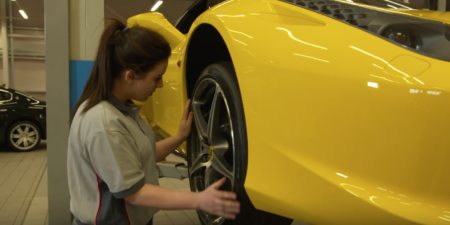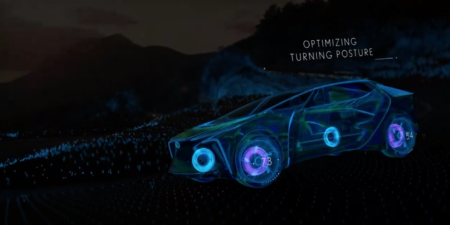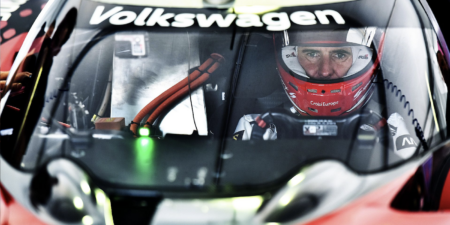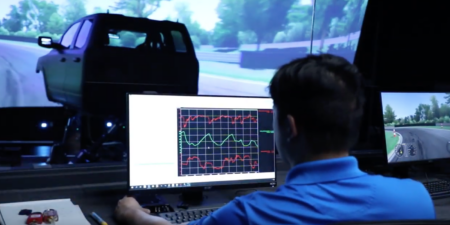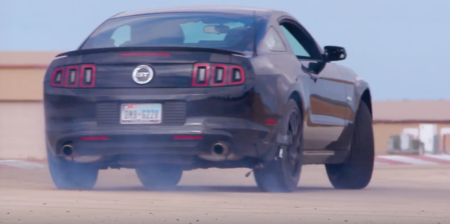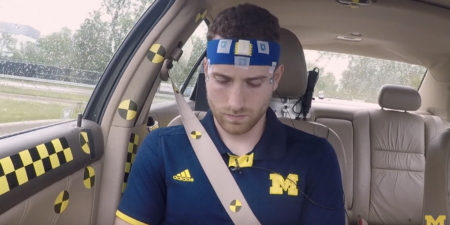Step on the set of No Time To Die to see one of the stars of the 25th official James Bond film in action: the new Land Rover Defender
Browsing: Videos
Not every engineer wears a hard hat – indeed many vehicle dynamicists wear helmets. However, the perceived image of engineers does not always lure young talent towards the profession. To help solve this issue, The Royal Academy of Engineering has created an initiative to help change the narrow stereotyping of engineers
BorgWarner has developed its first high-voltage, all-electric demonstration vehicle, with an unusual platform: the all-terrain Ariel Nomad. Technologies highlighted on the vehicle include traction inverters, a torque-vectoring rear drive unit, an electric coolant pump, vehicle and traction control software, a DC/DC converter and a high-voltage battery pack
The dynamics team at Hyundai Australia have gone quite mad, turning an inoffensive iMax people…
The Lexus LF-30 electrified technology concept features integrated control of the powertrain, steering, suspension and brakes, enabling the ideal vehicle posture to be achieved in any driving situation
Thyssenkrupp’s software experts are developing an integrated motion control unit which centrally controls the actuators of the individual components for significantly improved driving dynamics, new safety concepts and a individualised driving experience
This onboard footage gives you a feel for Romain Dumas’ record-breaking drive up the 6.78 mile ‘Tianmen Shan Big Gate Road’ in the 500kW Volkswagen ID.R – a drive which included 99 hairpins, 164 braking manoeuvres, and a top speed of 135mph
Tony Mancina, director of engineering at FCA’s Automotive Research and Development Centre (ADRC) in Windsor Ontario, highlights some of features of the centre’s all-new, all-innovative advanced vehicle driving simulator
Take an inside look at Goodyear’s Proving Grounds in San Angelo, Texas as the company celebrates the location’s 75th anniversary
Monica Jones, a research scientist in the Biosciences Group at the University of Michigan Transportation Research Institute (UMTRI) is looking to solve the issue of motion sickness in autonomous vehicles by finding ways to quantify its causes



